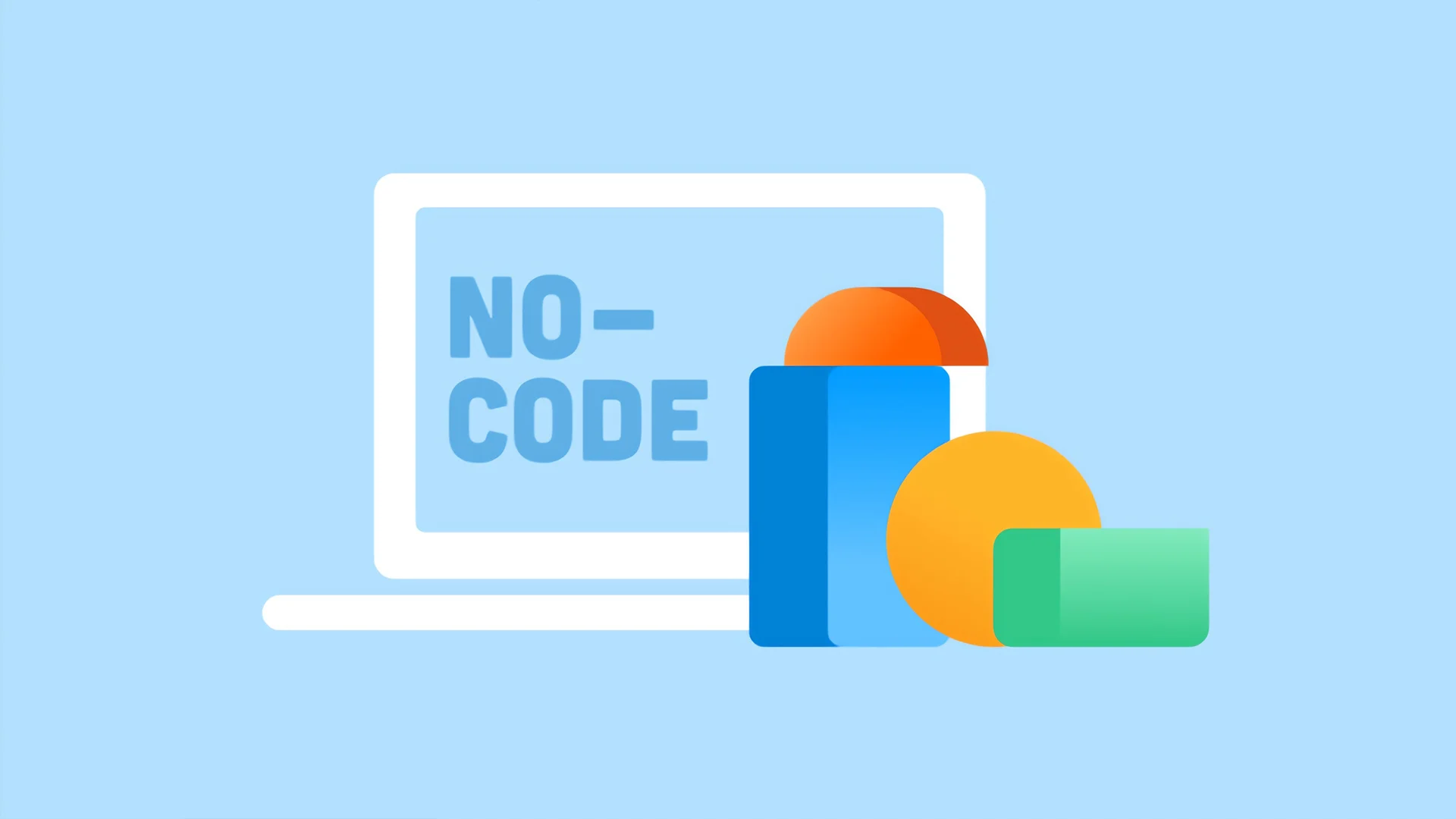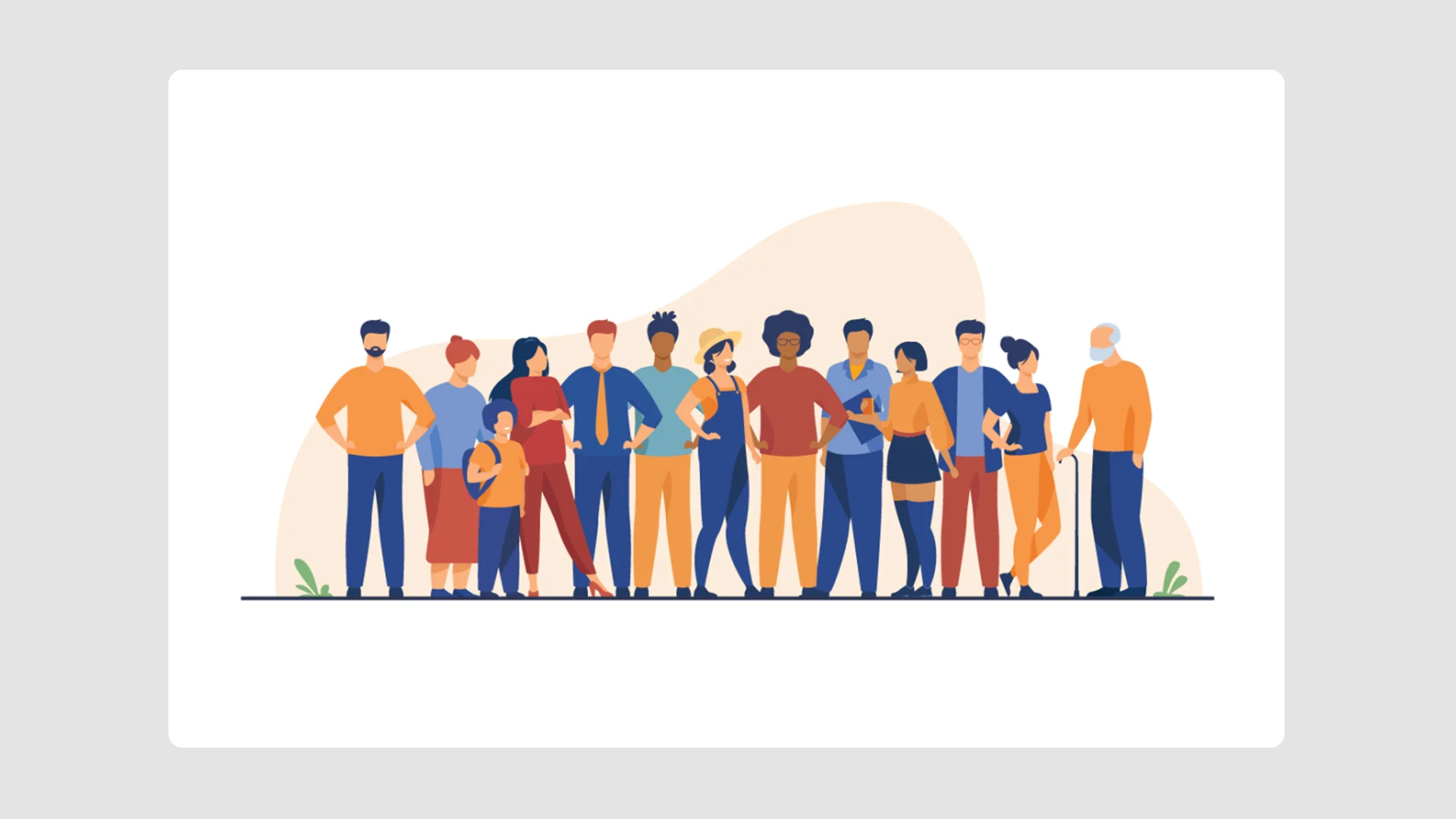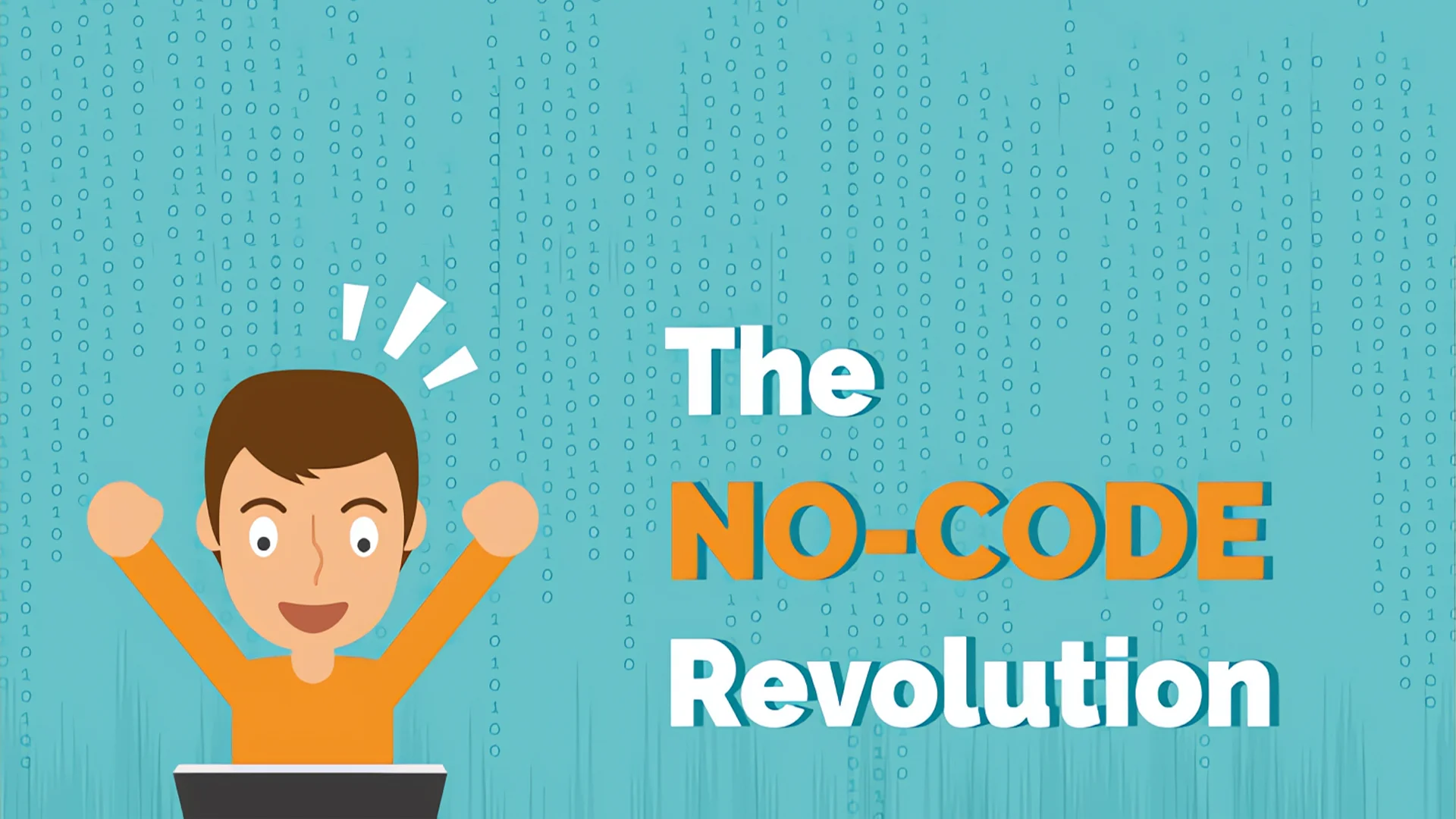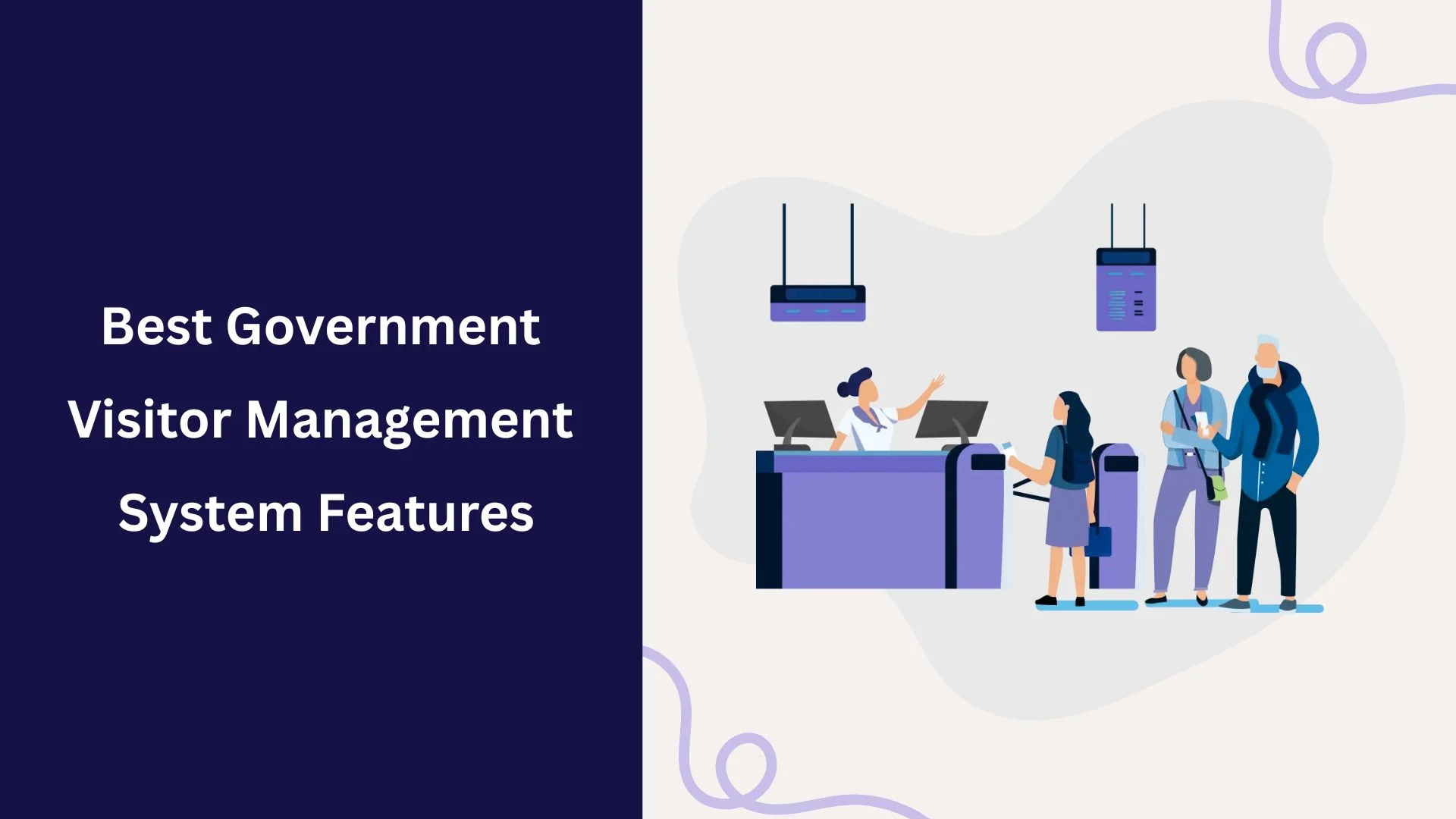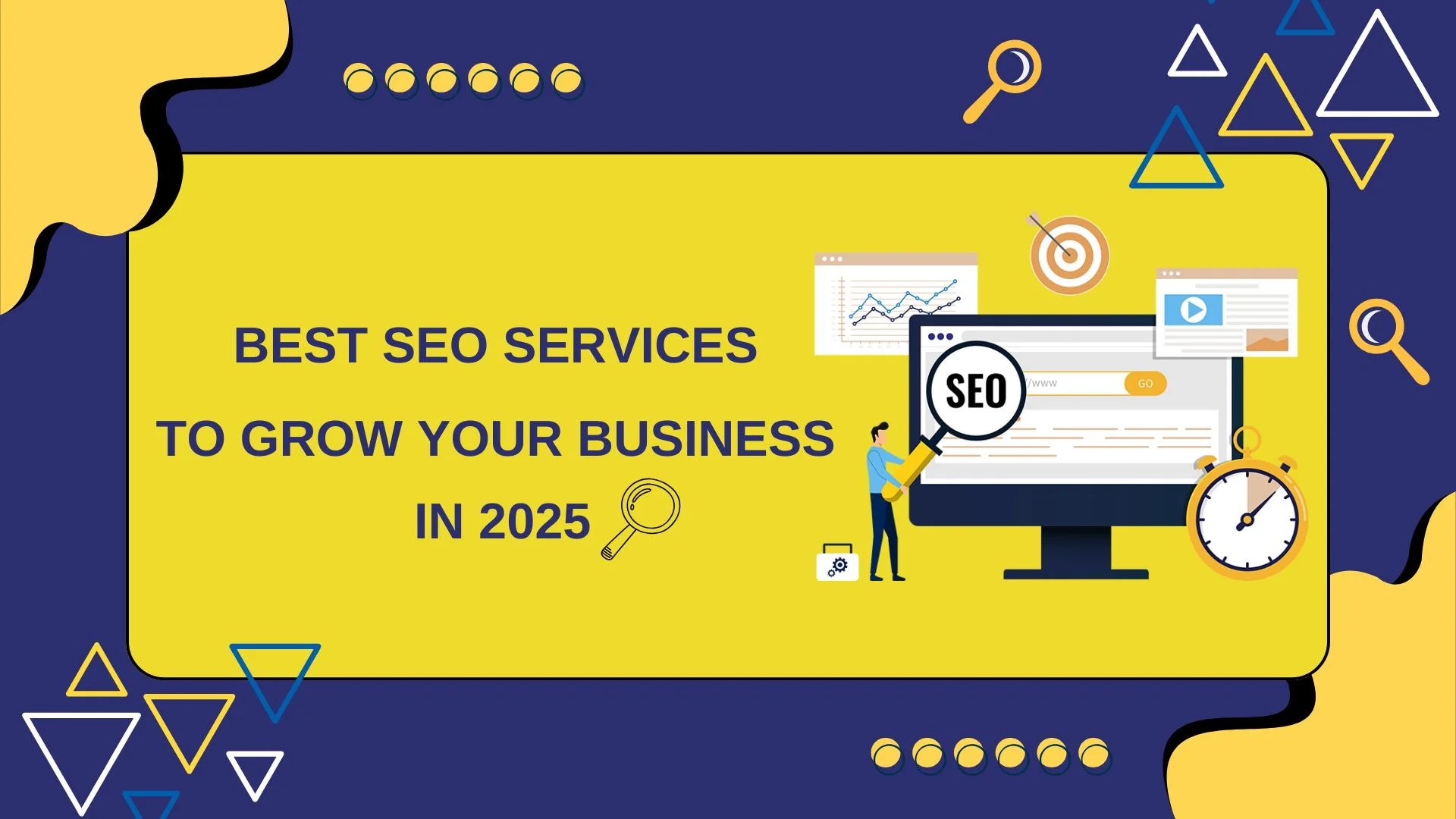My technophobic mom built an app last month. That sentence would’ve been absurd five years ago. But last Sunday, I watched her launch a neighborhood plant exchange app she created using visual development tools. No coding required. The lady who still prints her emails made a functioning mobile app. Welcome to 2025, where the walls between “technical” and “non-technical” people are crumbling faster than stale cookies because of the no-code revolution.
No-code Revolution: The New Digital DIY Movement
Back in 2017, I spent $12,000 on a simple event app. Today, I could build something better for the cost of a fancy dinner.
What changed? Visual app builders exploded onto the scene, letting normal humans drag elements around screens instead of typing code. These tools translate our visual designs into functioning software behind the scenes, much like how we don’t need to understand car engines to drive somewhere.
This shift has unleashed a tidal wave of creativity from unexpected places:
- A 72-year-old retired teacher in Minnesota built a bird-watching community app
- A small-town barbershop created their own booking system after getting tired of paying monthly fees
- A high school debate team developed a tournament scheduling app when commercial options proved too expensive
The Squarespace hamburger menu represents this democratization perfectly. Once requiring JavaScript expertise, this navigation element now requires just a few clicks to implement. What used to be elite technical knowledge has become accessible to anyone with a vision.
No-code Revolution: Why This Actually Matters
We’re witnessing more than just a shift in tools. This is about power.
For decades, bringing digital ideas to life required either serious technical skills or serious money. Those twin gatekeepers kept countless innovations locked inside people’s heads. How many brilliant solutions never saw daylight because their creators couldn’t code or afford developers?
Today’s visual development provides four transformative benefits:
- Affordability: Projects that once cost $50K+ can now happen for under $5K
- Speed: What required months now happens in days or weeks
- Ownership: You can modify your creation without calling a developer
- Experimentation: Test ideas quickly before committing massive resources
I’ve watched small businesses completely transform their operations using these tools. A local plant nursery owner built an inventory management app that eliminated their paper-based system. Their checkout times dropped from 8 minutes to under 2, creating a dramatically better customer experience while reducing staff stress.
The Art of Human-Centered Design
Building great apps still demands thoughtful design even without coding barriers. Think of it like cooking—having ingredients and equipment doesn’t automatically make someone a chef.
Navigation elements like the Squarespace hamburger menu deserve special attention because they’re how users move through your digital space. Great navigation feels invisible; poor navigation feels like being lost in a maze with misleading signs.
When designing your own navigation patterns:
- Think about thumb reach zones on mobile screens
- Create visual distinctions between clickable and non-clickable elements
- Maintain consistent placement across different screens
- Consider color contrast for accessibility
I’ve found information architecture – how you organize and label content—often makes or breaks apps. Before building anything, sketch your app structure on paper. Show these sketches to potential users and watch where they get confused. This low-tech testing saves countless hours of digital rework later.
Color psychology plays a surprisingly powerful role too. In testing two versions of a donation app that were identical except for color scheme, we saw 23% higher completion rates with the version using blue trust cues rather than red accents. These seemingly small details dramatically impact user behavior.
No-code Revolution: Your Blueprint From Concept to Launch
I’ve guided dozens of non-technical creators through their first app builds. Here’s the process that consistently works:
- Start with problems, not features: Write down specific user frustrations you’re solving
- Sketch before building: Draw your screens on paper, then test these drawings with potential users
- Choose your platform wisely: Research which visual development tool best fits your specific needs
- Build a minimal version first: Create the simplest version that delivers core value
- Test with real users: Put your creation in people’s hands and observe their struggles
- Refine based on behavior: Change your design based on what people actually do, not what they say
Throughout this journey, remember that simplicity usually wins. I’ve never heard users complain that an app was “too easy to understand,” but I’ve watched countless people abandon complicated interfaces in frustration.
User testing deserves special emphasis. Last year, I watched a confident entrepreneur present his “intuitive” app to a test group. Within minutes, his smile had vanished as users struggled with what he considered obvious navigation. This humbling experience led to a complete redesign that ultimately proved successful. Your assumptions will be challenged—embrace this process rather than fighting it.
Connecting Your App to Other Services
Modern visual development platforms shine brightest when connecting with external services. Without understanding APIs or authentication flows, you can integrate sophisticated functionality into your app.
A local bookstore owner integrated their inventory system, payment processor, and loyalty program into a single customer app using visual tools. The Squarespace hamburger menu demonstrates this principle on a smaller scale—complex functionality implemented through visual configuration.
E-commerce capabilities have become particularly impressive on these platforms. You can now implement secure checkout experiences, product catalogs with variants, and order management through drag-and-drop components that maintain compliance with payment security standards.
Where We’re Headed Next
The visual development ecosystem continues evolving at breakneck speed. The latest platforms incorporate AI-assisted design suggestions, increasingly sophisticated database options, and ever-expanding integration capabilities. As these technologies mature, the line between traditionally coded and visually developed applications grows increasingly blurry. Performance differences have largely disappeared, and functionality gaps narrow with each platform update.
Enterprise adoption signals this approach has transcended its “hobbyist” origins. Major corporations now use these platforms for departmental applications, customer portals, and automation workflows—particularly when development speed outweighs customization needs. While professional coding remains essential for highly specialized applications, visual development has secured its place in our technology landscape. By removing unnecessary technical barriers, these platforms let creators focus on solving actual problems rather than wrestling with implementation details.
The idea trapped in your head is closer to reality than you think. What will you build first?
nandbox App Builder
nandbox App Builder shows the no-code revolution described in this article by helping users and businesses to create fully operational mobile apps without any programming skills. With its straightforward drag-and-drop interface, nandbox helps users create, tweak, and deploy apps appropriate for their individual needs, whether they be for an e-commerce site, a community platform, or a booking system. nandbox removes conventional technical constraints, enabling entrepreneurs, small enterprises, and even technophobes to rapidly and economically bring their ideas to life, much as the visual development tools that have democratized software creation remove. nandbox guarantees that users may focus on creativity rather than coding complexity by including built-in features like push alerts, chat systems, and seamless connectors, therefore making app development more accessible than ever.

